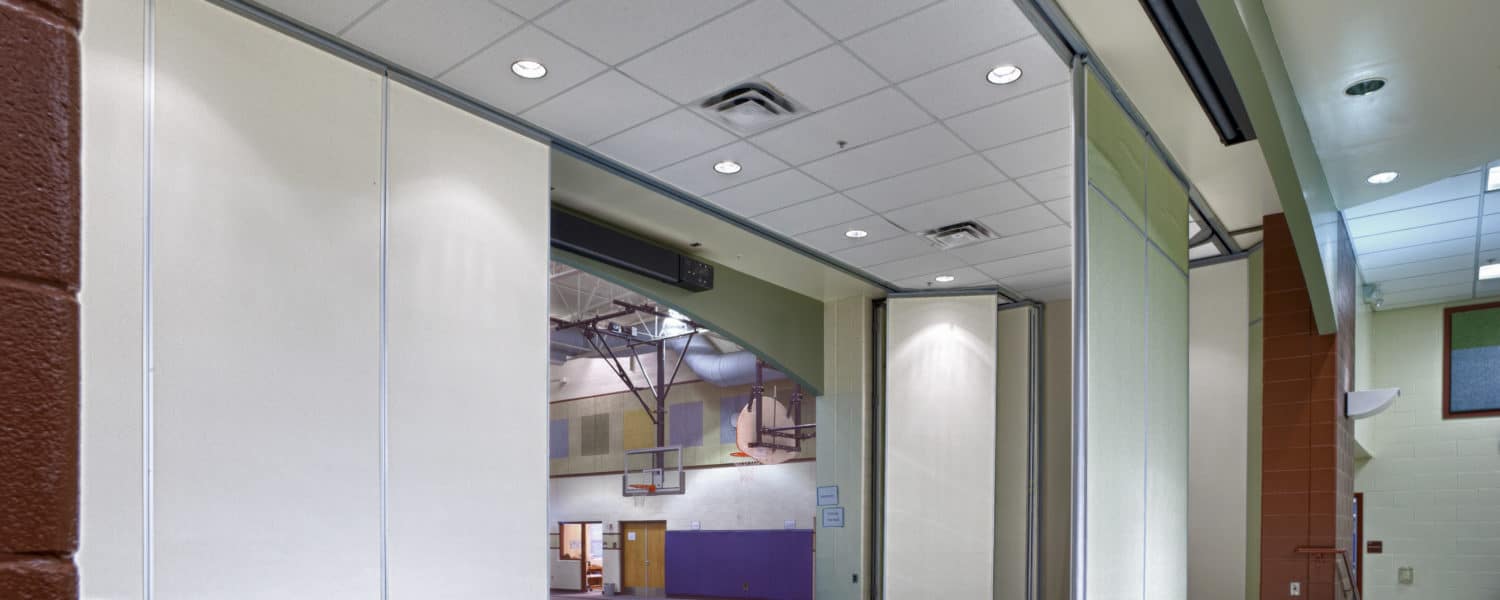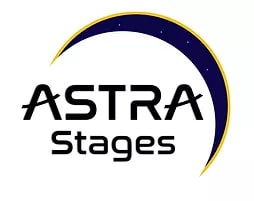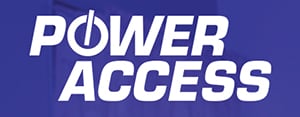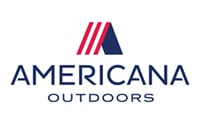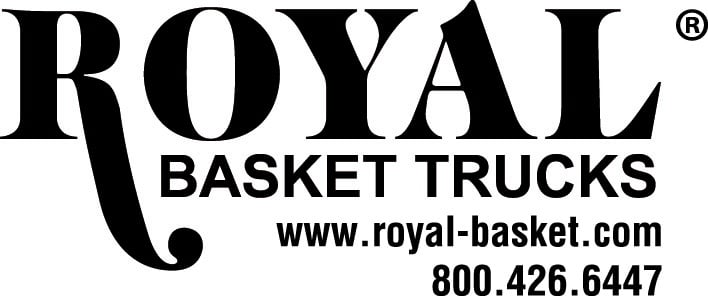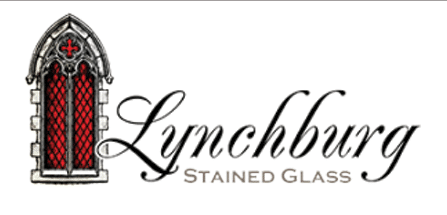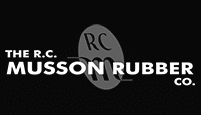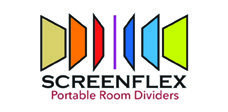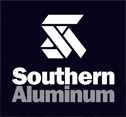By Terry Fontaine
Operable partitions, also commonly known as airwalls, are versatile, movable wall systems that are produced by several manufacturers. While they’re known as walls and partitions, they’re actually entire systems that have a variety of components and parts. Across the variety of manufacturers and styles, there can be a massive amount of difference in the design and structure of each partition, even though they’re all basically the same.
The basic premise of these systems are panels that meet together to form a visual and acoustical separation of a space allowing it to be used in different configurations. The panels are almost always hung from track suspended in the ceiling using trolleys that roll on the track. The panels are generally 4 feet long and 3 to 4 inches thick. These sizes can vary depending on the required application as most manufacturers will make custom panels. The panels must seal together, and they must also make contact with the floor and the ceiling as well as the walls at the both ends in order to stop sound from passing from one space to another.
The difference comes in the panel design and construction methods. Almost all of the manufacturers use a steel frame as the base of the panel. They fill it with material to capture sound vibrations and then attach a face to both sides of the panel. They attach the trolleys to the top of the panels, attach astragals to the ends of the panels and then finally attach a closure method to the end panels. The very last thing is adhering some sort of aesthetic cover, which is chosen by the owner or designer.
The quality of the system will be determined by how well it stops sound passing from one space to another (Sound Transmission Class or STC rating), how easy the panels are to operate and how well the entire system will hold up over time.
Suspension Component
The suspension component entails the structure, track and trolleys. The suspension must be able to handle the weight of the panels, which generally range from approximately 8 pounds to almost 13 pounds per square foot (PSF) and more.
Steel is almost always required, but in certain instances, robust wood support might be viable depending on the height and sound rating of the panel. Since the panels are so heavy, they do cause deflection in the support including steel. It will sag when the panels are out. Most times, a structural engineer is necessary to do the calculations to avoid possible failure of the support and to ensure smooth operation of the panels.
The track is the next component of the support system. The track will either be aluminum or steel. Steel is the stronger of the two and will last much longer than the aluminum. This is because the aluminum is a softer metal and is prone to many more issues. When turns are required for single panel systems, the track will either be right angle or curved radius. The right angle track is much more difficult to use and tends to abuse the trolleys.
As you can imagine, the curved radius track allows the panels to flow smoothly without ever having to come to a stop at a “T” intersection. The first point of failure on the aluminum right-angle track is almost always these intersections, and this is either due to abuse of the system while moving panels or degradation of the coating on trolleys used on aluminum systems.
The trolleys are the last piece of the structure component. The trolleys will either be vertical trolleys or horizontal trolleys depending on the configuration. Sliding pucks are also an option, but the use of these has become almost obsolete since they are notoriously hard to move. Steel vertical trolleys on steel track make up the most robust and easiest functioning configuration. The aluminum track system utilizes steel trolleys encased in a resin known as Delrin. This is true for both the vertical trolleys and the horizontal trolleys in systems using aluminum track.
The main issue with these types of systems is that the casing will inevitably come off. Once that happens, then the steel underneath will make contact with the aluminum. Since steel is much harder than the aluminum, it starts to chew up the track. Once the aluminum track is damaged, it becomes a viscous cycle because if the damaged trolleys are replaced the track will erode the casing on the new trolleys and continue to do so from that point forward. Steel track on steel trolleys is the most functional and most durable. Think about this…have you ever seen a train running on aluminum track with polymer covered wheels?
Explaining the difference between the vertical and horizontal trolleys seems appropriate here. Think of the vertical trolleys as a spindle. The operate by having two “wheels,” one on top of the other, that spin in opposite directions while moving in the track. They call these omni-directional because one can move them in any direction. Certain proponents will say this is an advantage, but I disagree since it allows the panel order to get changed. When this happens, the system becomes less effective regarding sound blockage since the panels are adjusted individually so that they fit together in the tightest way possible to block as much sound as possible. The curved radius track with horizontal trolleys allows for the ability to program the trolleys to ensure they will only go where they are designed to go. This is achieved by adding opposing fins to the track and trolleys that are of different depths.
In a dual-stack configuration, the panels with horizontal, programmed trolleys will only go to the side they are meant for. This ensures proper set up and storage every time. I have seen panels with vertical trolleys designated to a specific side with paint and stickers to ensure that they operators place them in the correct stack location and in the correct sequence. It seems ridiculous to me to spend anywhere from $7,000 to $1,000,000 on a system and then have to degrade it with stickers or paint in order to ensure it is used correctly.
While this article is meant to help educate the populace on the components of operable partitions and airwalls, keep in mind that maintenance and repair of these systems are best left to professionals.
Terry Fontaine is the owner of Specialty Business Services, which focuses on the servicing and repair of operable partitions, www.specialtybs.com.


